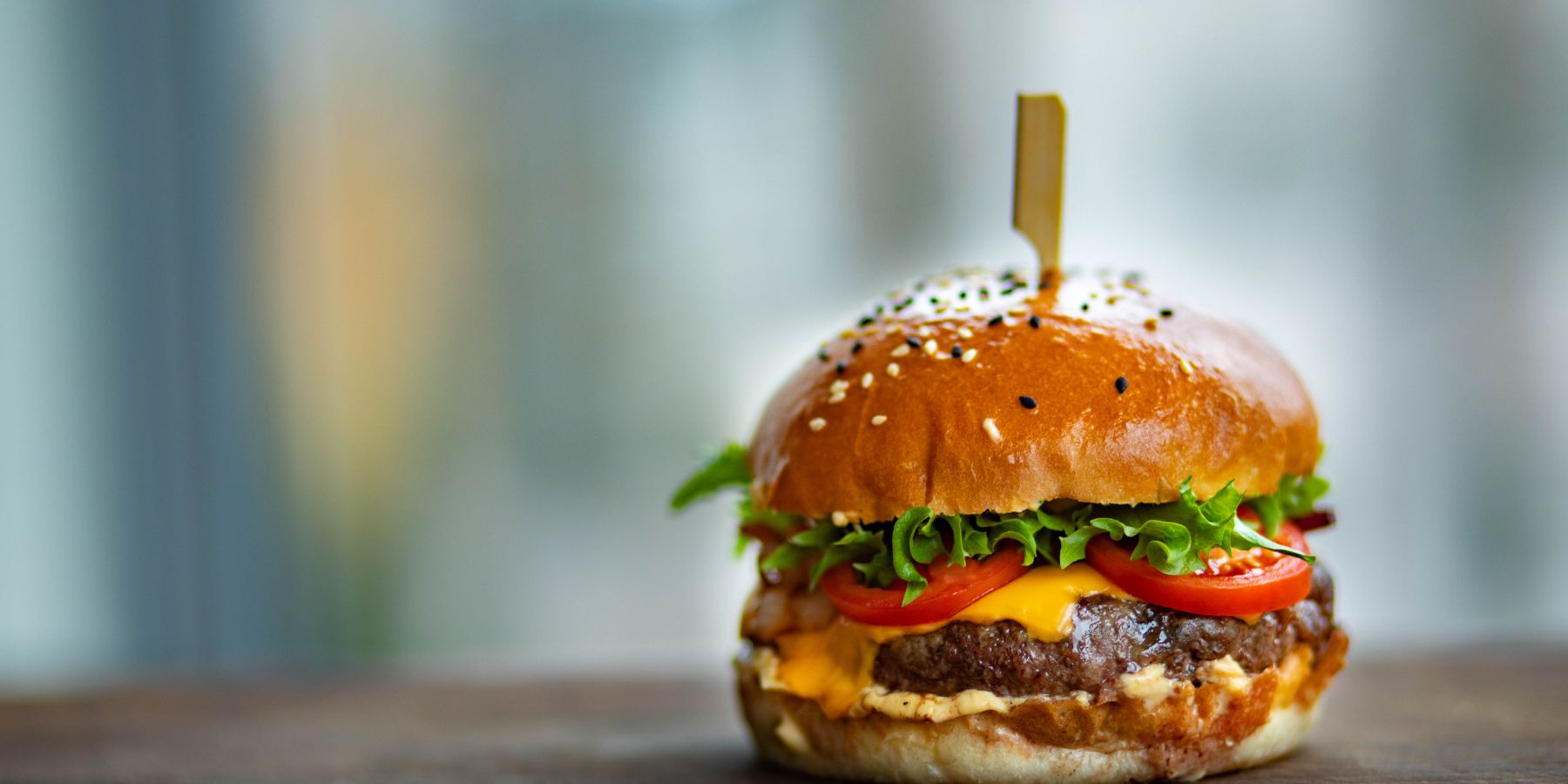When it comes to grilling burgers, one of the most debated topics is the safety and preference of eating a burger that is cooked to a rare temperature. The core of this discussion lies in understanding the burger temperature and its implications on both health and taste. In this article, we’ll explore the nuances of cooking a burger to rare, medium, or well-done, and how it impacts not just flavor, but also safety.
The Basics of Burger Temperature
The temperature of a burger is measured internally and is the primary indicator of its doneness. The USDA recommends cooking ground beef to an internal temperature of 160°F to ensure all harmful bacteria are destroyed. Here are the common levels of doneness:
- Rare: 120°F to 125°F
- Medium-Rare: 130°F to 135°F
- Medium: 140°F to 145°F
- Medium-Well: 150°F to 155°F
- Well-Done: 160°F and above
Rare burgers, with their lower internal temperatures, retain a red or pink center. But the question remains: Is this safe?
The Safety Debate of Rare Burgers
The primary concern with rare burgers is the presence of harmful bacteria such as E. coli and Salmonella. These bacteria are usually found on the surface of the meat and are killed upon exposure to high temperatures. However, when beef is ground, the bacteria from the surface can get mixed into the burger, making it necessary to cook the burger thoroughly to eliminate the risk.
However, if you source your meat from a reputable supplier and it’s handled correctly, the risk diminishes. Some gourmet burger enthusiasts argue that a high-quality, freshly ground burger can be safely eaten rare.
Flavor and Texture: Rare vs. Well-Done
The allure of a rare burger lies in its flavor and texture. Cooking a burger to a rare temperature ensures that it remains juicy and tender, with a pronounced beefy flavor. As the temperature increases, the fat in the burger renders more, sometimes leading to a drier, tougher texture in well-done burgers.
Preparing a Safe and Delicious Rare Burger
If you’re inclined to enjoy a rare burger, consider the following tips to balance safety with taste:
- Source Quality Meat: Opt for high-quality, fresh ground beef from a trusted butcher or supplier.
- Proper Handling: Ensure the meat is handled hygienically, kept at a safe temperature, and cooked soon after grinding.
- Use a Meat Thermometer: Always use a meat thermometer to accurately measure the internal temperature of your burger.
FAQs
Q: Can I cook a frozen burger too rare?
A: It’s safer to thoroughly cook frozen burgers, as freezing doesn’t kill bacteria. Cook them to at least 160°F.
Q: Are certain types of ground beef safer for rare burgers?
A: High-quality, fresh ground beef from a reputable source is generally considered safer for cooking at lower temperatures.
Q: How do I know if my meat thermometer is accurate?
A: Test it in boiling water (it should read 212°F) or iced water (32°F) to check its accuracy.
Q: Can a rare burger be healthy?
A: While a rare burger can be part of a balanced diet, ensure it’s sourced from quality meat and cooked with care.
Q: Are there any visual signs that a rare burger is safe to eat?
A: Visual cues are unreliable. Always use a meat thermometer to ensure safety.
In summary
While there is a debate over the safety of rare burgers, understanding burger temperature is key. With careful sourcing, handling, and cooking, you can enjoy a burger cooked to your preferred doneness while minimizing health risks. Remember, the most crucial aspect is ensuring the burger reaches a safe internal temperature, regardless of how rare or well-done you like it.

